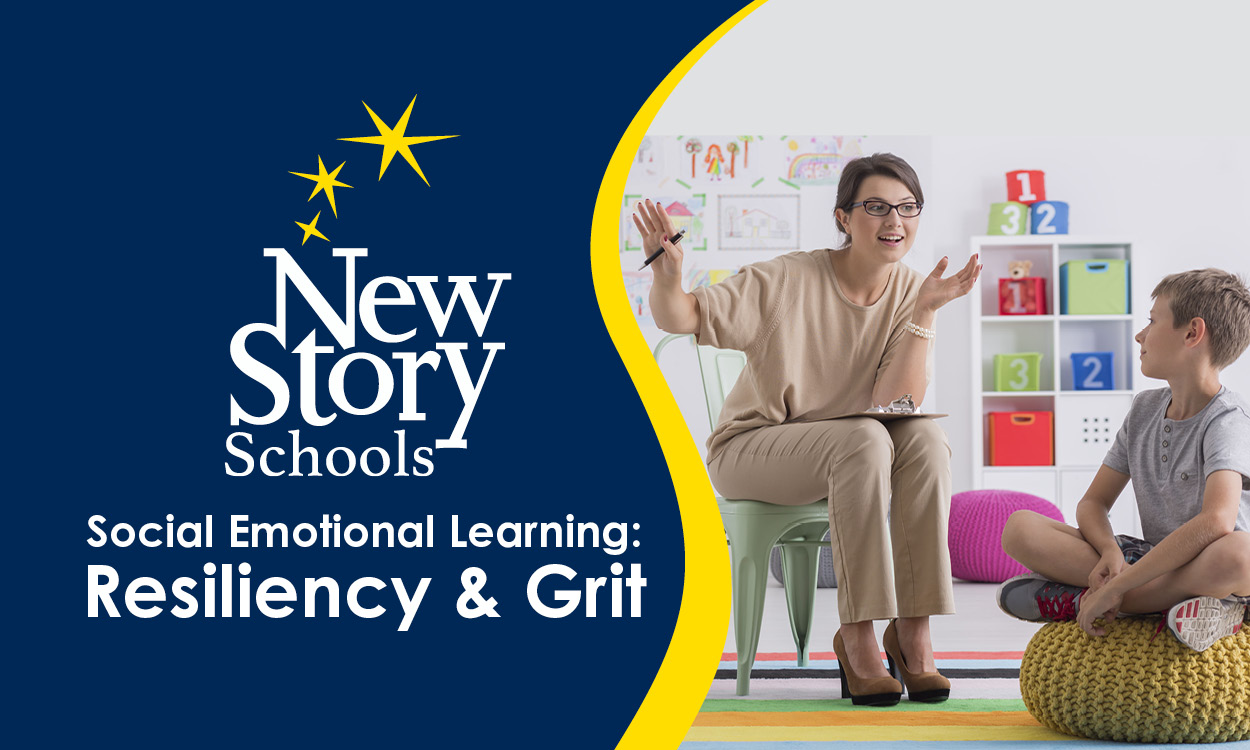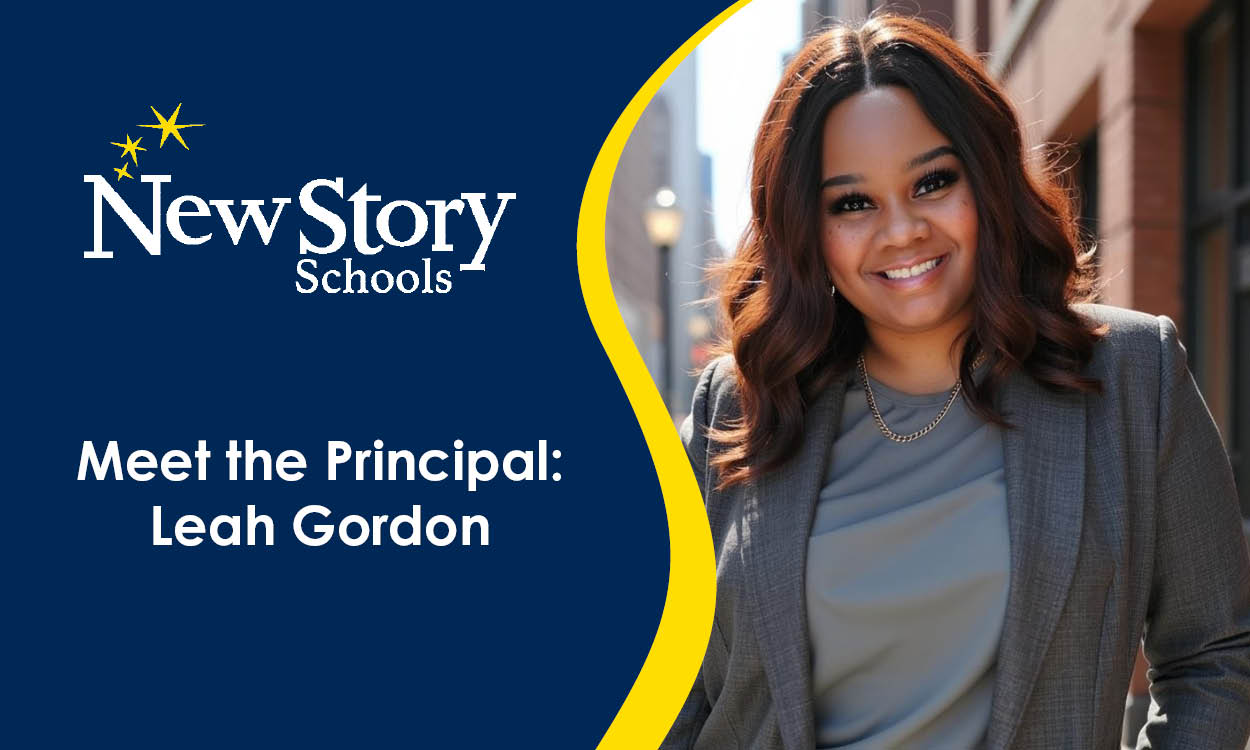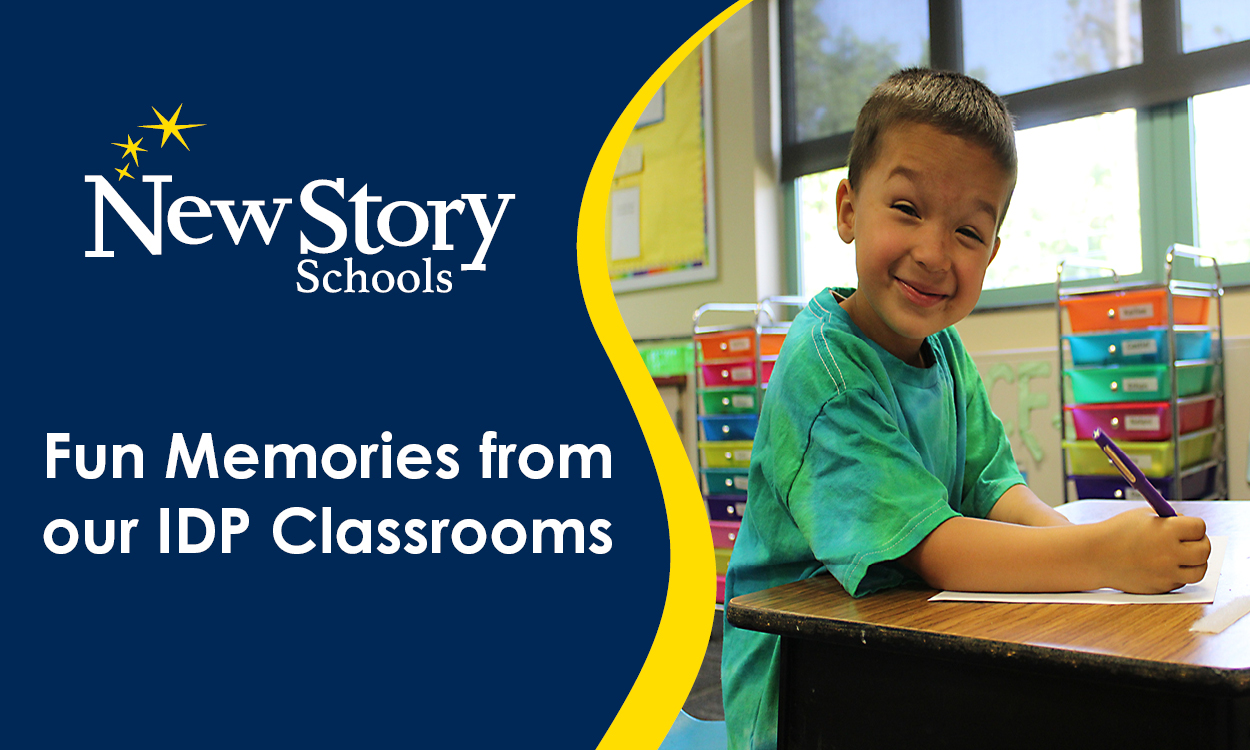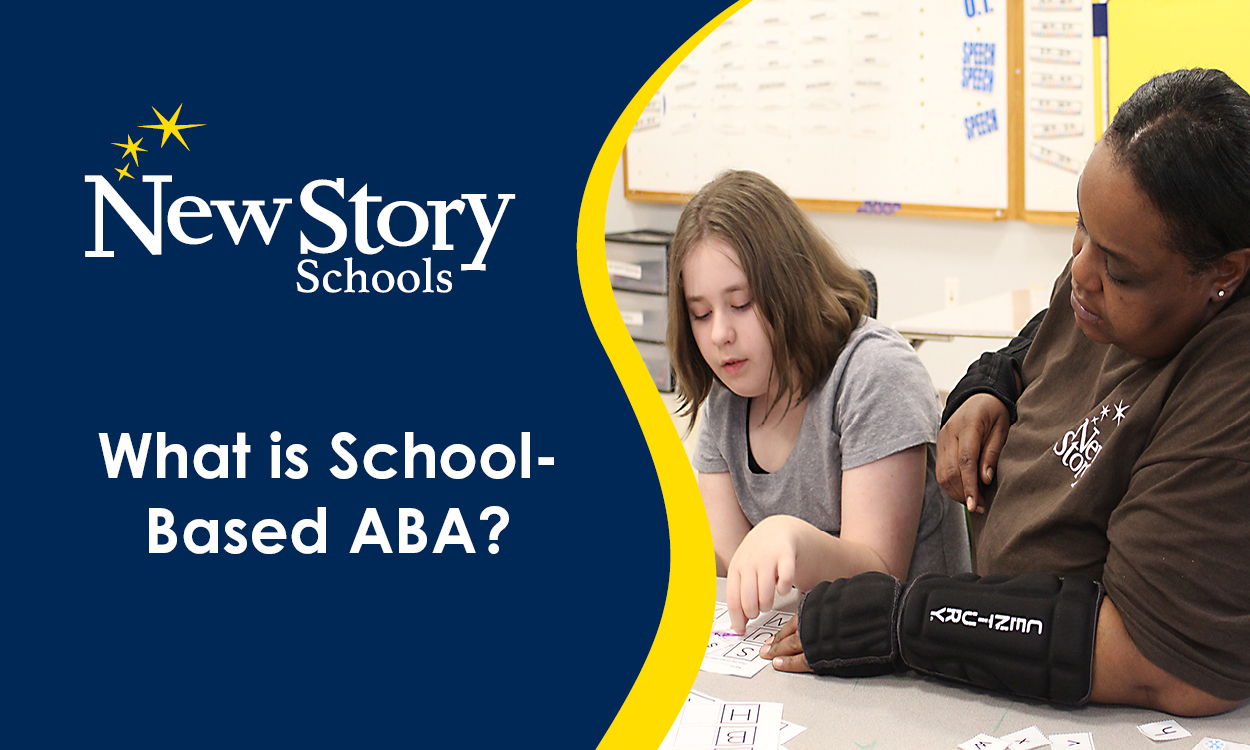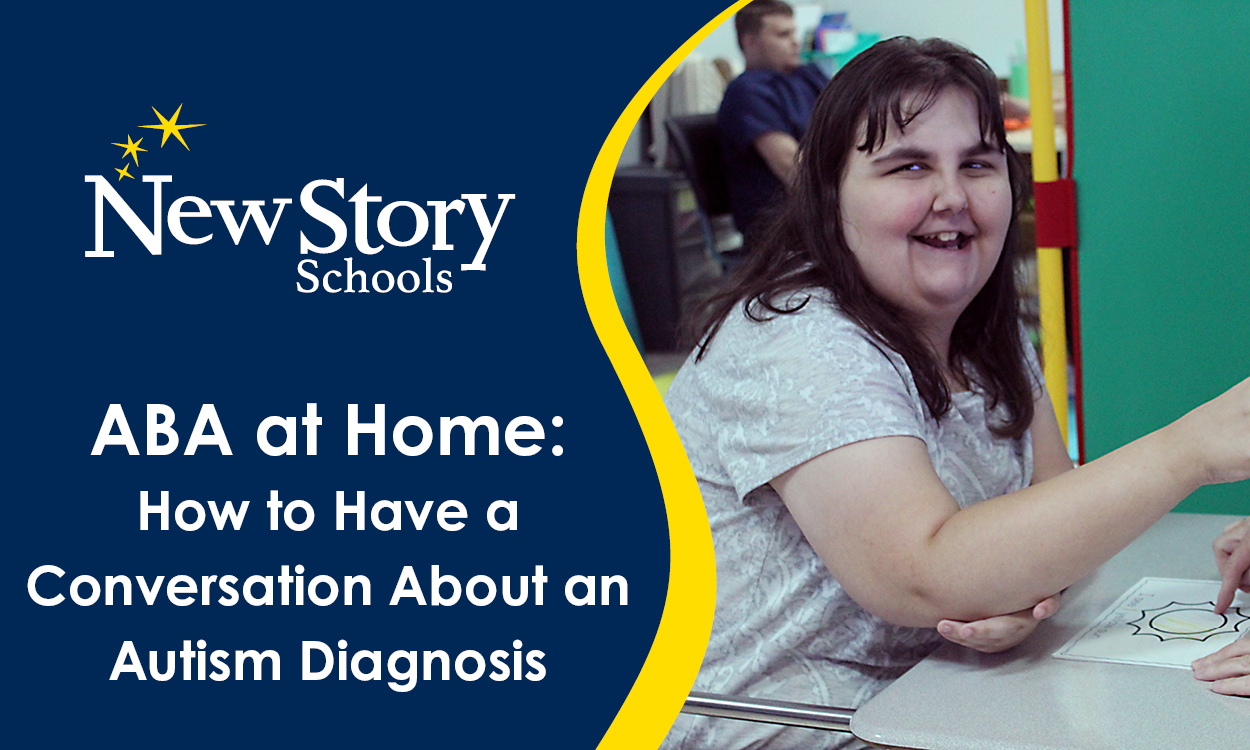Social Emotional Learning: You + Me = Us
Posted: May 17, 2021 | Written By: Kelly Blair, MS | Category: Special Education Teaching
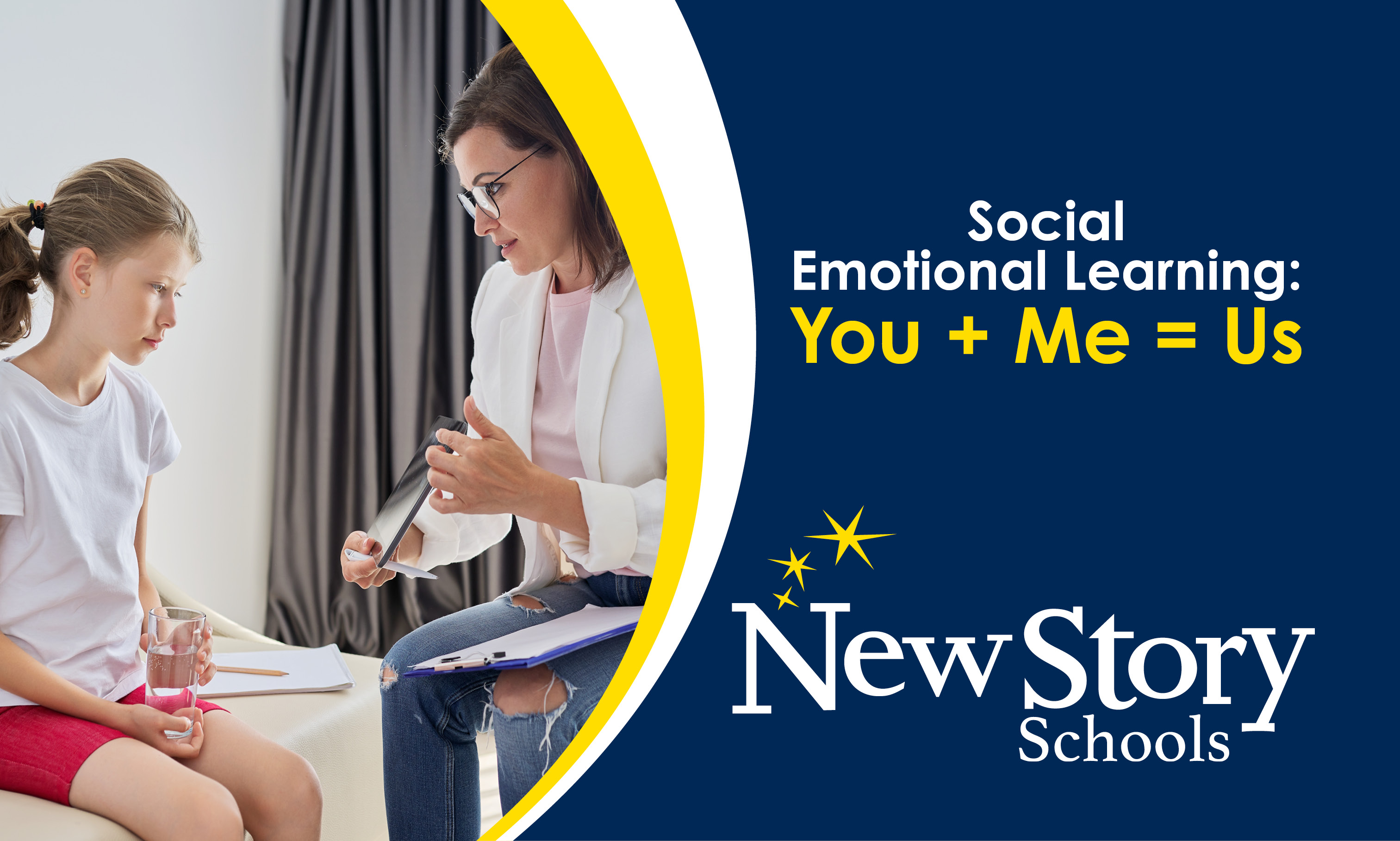
You + Me = Us. This seemly simple equation, coined by Michelle Garcia Winner, is at the heart of social emotional learning. The equation describes not only the idea that we have thoughts and feelings about ourselves and other people, but also that other people have thoughts and feelings about us. Teaching these concepts supports our students in evaluating their choices.
Some social expectations are clearly defined. For example, it is expected that we not hit another person or drive over the speed limit. We discuss these choices often, and there are rules and laws to enforce them. Some expectations, like not wearing a swimsuit when it is snowing outside, are described as “hidden rules.” They are not posted for all to see, but we are still expected to know them.
If you step into a special education school, these conversations around social expectations are common. Whether your child is working on understanding the more clearly defined expectations or the “hidden rules,” staff regularly engage students in learning about social behavior. One of these approaches utilizes the language of “expected” and “unexpected” when referring to social choices. The terms are taken from the Social Thinking Methodology and have resonated with students. Expected behaviors follow social norms. They are behaviors that people would anticipate. When someone engages in expected behaviors, it makes those around them feel calm, safe, and have good thoughts about that person. When someone engages in unexpected behaviors, their actions are unusual and not anticipated. People surrounding that person may feel uncomfortable, scared, or worried. They may not have good thoughts about them or want to be with them.
As human beings, we make thousands of choices each day. Utilizing “expected” and “unexpected” terminology can be incorporated daily and provide great benefits in social emotional learning.
How can the language of “expected” and “unexpected” benefit our students?
- It reserves judgement that other terms like “bad” or “inappropriate” may imply.
- It encourages social awareness through evaluation of behavior, rather than classifying choices as black or white.
- It can support our students in making behavioral choices which lead to better outcomes in their relationships, career and academic success, and ultimately their feelings about themselves.
How can the language of “expected’ and “unexpected” be used at home?
- Discussing thoughts and feelings frequently. The first step to social awareness is helping children identify their own thoughts and feelings and how those things impact their actions.
- Being proactive. Before entering a social situation, it can be helpful to review what would be expected for that environment or specific situation. (ex: “We’re going to the grocery store. While we are there, it is expected to stay close to me, so you don’t get lost.” “I’m going to take you to the movies today. During the movie it is expected to stay quiet or whisper if you need to tell me something, so we don’t disrupt other people.”)
- Through TV time. Make it fun! Watching a video can help establish initial engagement and an opportunity for further discussion. YouTube offers lots of funny examples of unexpected behaviors (think Mr. Bean and Buddy the Elf). Children get a laugh while watching these examples, but can then process how others around the character felt and what would have been expected. For older kids, you may want to check out fun (but informative) videos on how to fail a job interview.
- Processing choices your child has made. Encouraging your child to evaluate the thoughts, feelings and consequences of their choices, as well as the thoughts and feelings others may have had about them, leads to improved problem solving for future situations.
Lastly, it is important to acknowledge expected behaviors our students display more often than the unexpected. Doing so builds their confidence and improves the likelihood that the expected behavior will occur again.
Want to be notified of new articles and resources from New Story Schools? Submit your email and opt into our newsletter!




